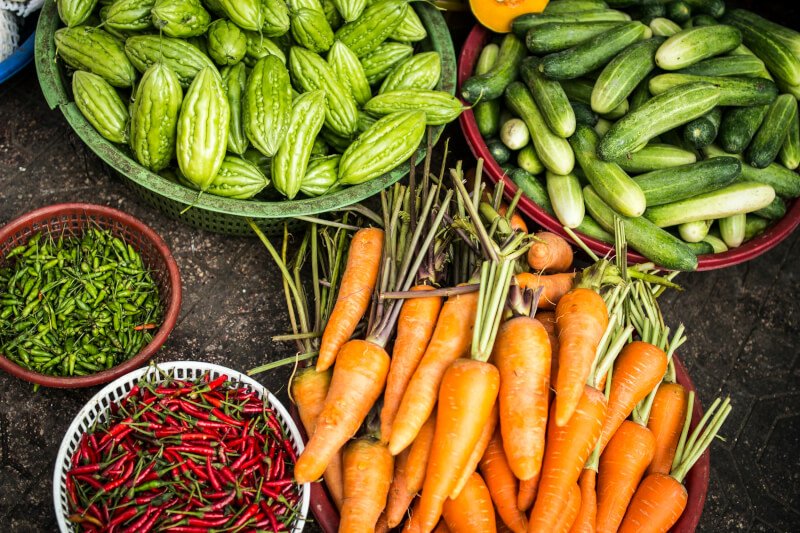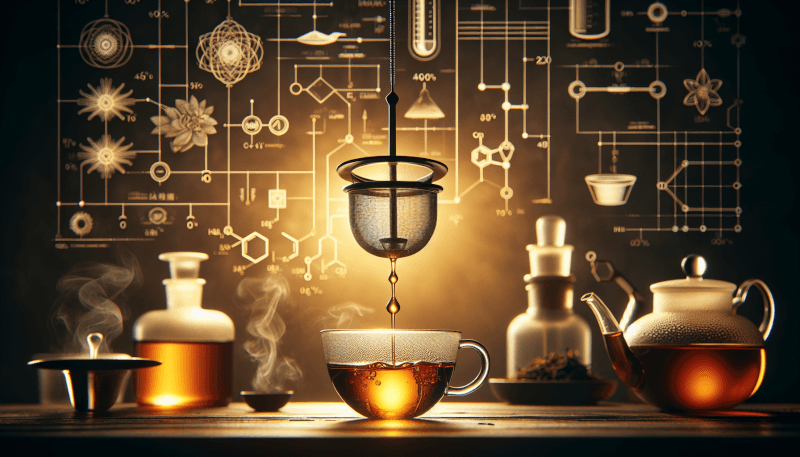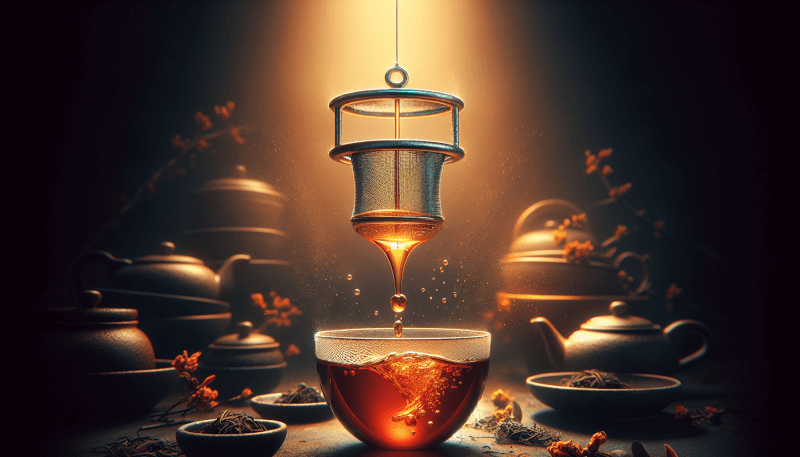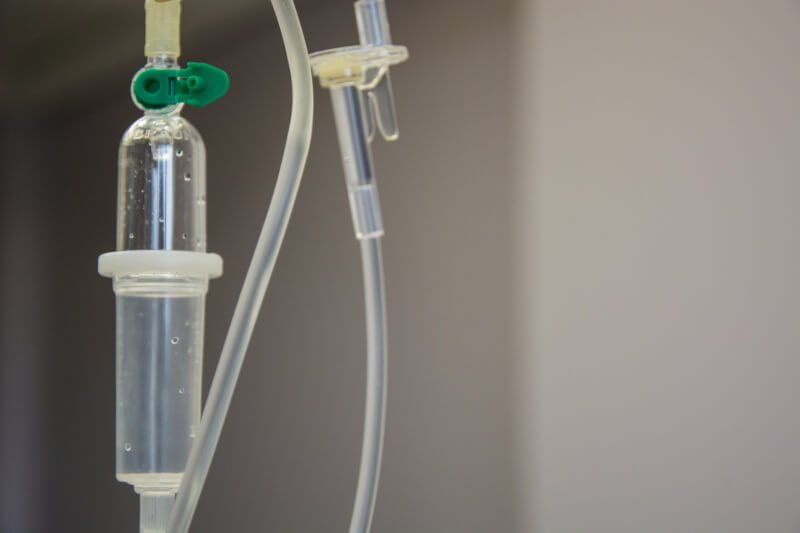Tea brewing is more than just steeping leaves in hot water; it is a delicate process that involves a perfect balance of chemistry and art. Whether you prefer a calming cup of chamomile or a stimulating black tea, understanding the science behind tea brewing can enhance your tea-drinking experience. From the extraction of flavors and compounds to the influence of temperature and time, this article explores the fascinating world of tea brewing, revealing the secrets to a perfectly brewed cup of tea. So grab your favorite mug, sit back, and get ready to uncover the science behind tea brewing.

The Composition of Tea Leaves
Tea leaves are made up of a complex array of chemical components that contribute to their taste, aroma, and health benefits. The composition of tea leaves can vary depending on factors such as the type of tea plant, growing conditions, processing methods, and the terroir in which they are cultivated.
Chemical Components of Tea Leaves
Tea leaves contain a variety of chemical compounds, including polyphenols, amino acids, volatile compounds, caffeine, and minerals. Polyphenols, particularly catechins, are responsible for the antioxidant properties of tea and contribute to its flavor and aroma. Amino acids, such as L-theanine, are responsible for the unique savory and umami flavors in tea. Volatile compounds give tea its distinct aroma, while caffeine provides the stimulating effects commonly associated with tea consumption. The mineral content of tea leaves, such as potassium, magnesium, and calcium, also contribute to its overall taste and health benefits.
Effect of Terroir on Tea Composition
Terroir, the combination of environmental factors in which tea plants are grown, plays a significant role in shaping the composition and flavor profile of tea leaves. Factors such as soil type, altitude, climate, humidity, and rainfall can influence the abundance of certain chemical compounds in tea leaves. For example, tea leaves grown at higher altitudes may have a higher concentration of catechins and amino acids, resulting in a more robust flavor and aroma. Similarly, different regions can produce teas with unique characteristics, such as Darjeeling tea from India, known for its muscatel flavor, or matcha from Japan, prized for its vibrant green color and umami taste.
Extraction of Compounds
The extraction process is essential for transferring the chemical components of tea leaves into the liquid during brewing. Several factors influence the efficiency of extraction, including the water temperature, steeping time, and the agitation of tea leaves during infusion.
Leaching of Compounds from Tea Leaves
During brewing, hot water flows through the tea leaves and leaches out the soluble compounds, including polyphenols, amino acids, volatile compounds, and caffeine. The extent of leaching is influenced by various factors, such as the surface area of tea leaves, water-to-leaf ratio, and the duration of steeping. The process of leaching allows the flavors, aromas, and health benefits of tea to be extracted and infused into the water.
Factors Influencing Extraction
The extraction of compounds from tea leaves can be influenced by several factors. One such factor is the particle size of the tea leaves. Finely ground tea leaves, such as those found in matcha, have a larger surface area, allowing for more efficient extraction of flavors and nutrients. Another factor is the water-to-leaf ratio, with a higher proportion of tea leaves to water resulting in a more concentrated infusion. The quality and temperature of the water, as well as the agitation of the tea leaves during steeping, also contribute to the extraction process.
Effect of Temperature on Extraction
Temperature plays a crucial role in the extraction of compounds from tea leaves. Different compounds have different temperature sensitivities, meaning that the flavors, aromas, and health benefits of tea can be altered by varying the brewing temperature. Generally, higher temperatures result in more efficient extraction but can also lead to the release of bitter and astringent compounds. Lower temperatures, on the other hand, are milder in flavor but may not extract as many compounds. Finding the optimal temperature for brewing each type of tea can help maximize flavor and minimize undesirable characteristics.

Role of Water Quality
The quality of water used for brewing tea can significantly influence the extraction process and the resulting flavor and aroma of the infusion. Water composition, including pH and mineral content, can have both positive and negative effects on the overall tea experience.
Impact of Water Composition on Tea Extraction
The presence of minerals in water, such as calcium, magnesium, and potassium, can enhance the extraction and release of flavors and compounds from tea leaves. These minerals can interact with the compounds in tea, altering their flavor, aroma, and bioavailability. However, the excessive presence of certain minerals, such as iron or manganese, can result in off-flavors or cloudiness in the brewed tea. Additionally, pH plays a vital role in tea extraction, with a slightly acidic pH generally considered optimal for obtaining the desired flavors and health benefits.
Effect of pH and Mineral Content
Different teas have varying pH and mineral requirements for optimal flavor extraction. For example, black teas generally benefit from higher mineral content in water, while green teas may require a slightly lower pH and minimal mineral content to preserve their delicate flavors. Adjusting the water composition, either through filtration or mineral additives, can help create the best brewing conditions for different types of tea and enhance their unique characteristics.
Steeping Time
The duration for which tea leaves are steeped in hot water significantly impacts the flavor, aroma, and overall experience of the brewed tea. Steeping time allows for the extraction of desired compounds while minimizing the extraction of undesirable ones.
The Optimal Duration for Different Types of Tea
Different types of tea require different steeping times to achieve their desired flavor profiles. Delicate teas, such as green or white teas, often require shorter steeping times to prevent the extraction of bitter compounds. Stronger teas, like black teas or herbal blends, can tolerate longer steeping times, allowing for a more robust infusion. Following the recommended steeping times for each type of tea can help ensure a well-balanced and enjoyable cup of tea.
Influence of Steeping Time on Flavor and Aroma
Steeping time directly influences the concentration of compounds extracted from tea leaves. Longer steeping times generally result in a stronger and more intense flavor, as more compounds are released from the leaves. However, longer steeping times can also lead to the extraction of bitter or astringent compounds, which may diminish the overall quality of the tea. It is essential to find the right balance between steeping time and the desired flavor and aroma profile for each individual’s preferences.

Temperature Control
Controlling the brewing temperature is critical for achieving the desired flavor, caffeine levels, and overall quality of the brewed tea. Different types of tea require specific temperature ranges to maximize their unique characteristics.
Ideal Temperatures for Brewing Various Tea Types
Each type of tea has an ideal temperature range for brewing, which allows for optimal flavor extraction and preservation of desired compounds. For example, green teas are often brewed at lower temperatures, around 150°F to 180°F (65°C to 82°C), to prevent the release of bitter or astringent flavors. Black teas, on the other hand, typically require hotter water, ranging from 200°F to 212°F (93°C to 100°C), to enhance their bold and robust flavors. White teas, oolong teas, and herbal blends each have their specific temperature preferences for achieving the desired taste and aroma.
Effect of Temperature on Caffeine and Flavor Extraction
The temperature at which tea is brewed can impact the caffeine content and flavor profile of the resulting infusion. Higher temperatures facilitate the extraction of caffeine from tea leaves, whereas lower temperatures may result in a milder caffeine content. However, the flavors and aromas of tea can also be affected by temperature variations. Higher temperatures can intensify certain flavors but may also amplify bitterness or astringency. Experimenting with different temperatures can help find the perfect brewing conditions for each individual’s preferences.
Tea Brewing Techniques
Tea brewing techniques vary depending on personal preferences, cultural traditions, and desired outcomes. From traditional methods to modern approaches, different techniques can yield distinct flavor profiles and enhance the overall tea experience.
Different Brewing Methods
Various cultures have developed their unique brewing methods for tea, each with its own set of rituals and techniques. For example, the Gongfu Cha method, popular in Chinese tea culture, involves multiple short infusions using a small teapot and small teacups. This method allows for precise control of steeping time, water temperature, and tea-to-water ratio, resulting in a highly concentrated and flavorful cup of tea. Other methods, such as the Japanese Kyusu brewing or the British afternoon tea tradition, offer their distinct approaches to tea brewing.
Traditional vs Modern Approaches
While traditional brewing methods embrace centuries-old practices and cultural rituals, modern approaches to tea brewing have emerged to cater to convenience and efficiency. Modern tea brewing techniques often involve the use of teabags, tea sachets, or even automated tea makers. These methods simplify the brewing process, making it more accessible for everyday tea enthusiasts. However, it is essential to note that the brewing method can affect the flavor, aroma, and overall character of the tea, and thus, the choice between traditional and modern techniques is a matter of personal preference.

Infusion Vessels
The choice of infusion vessel used during tea brewing can impact the flavor, temperature, and overall experience of the brewed tea. Different materials offer advantages and disadvantages, affecting the brewing process and the resulting infusion.
Effect of Vessel Material on Tea Brewing
Infusion vessels can be made from various materials, such as clay, ceramic, glass, or stainless steel, each with its unique properties. Clay teapots, such as Yixing teapots from China, are popular for their ability to absorb and retain flavor compounds, enhancing the flavor profile of the tea over time. Ceramic vessels, on the other hand, are known for their even heat distribution, maintaining a stable brewing temperature. Glass vessels allow for a visual appreciation of the tea leaves’ unfurling and can contribute to the aesthetic experience of tea brewing. Stainless steel vessels offer durability and simplicity but may not retain heat as effectively as other materials. Choosing the right vessel material depends on personal preferences, desired brewing outcomes, and the specific characteristics of the tea being brewed.
Advantages and Disadvantages of Different Vessels
Each type of infusion vessel comes with its own set of advantages and disadvantages. Clay teapots, while appreciated for their ability to enhance the flavor, can also retain some flavors and may require dedicated use for specific types of tea to avoid flavor cross-contamination. Ceramic vessels, while providing excellent heat retention, can sometimes impart their own flavors into the brewed tea if not properly maintained. Glass vessels offer transparency but may not retain heat as efficiently as other materials. Stainless steel vessels provide durability but may not offer the same aesthetic appeal as other options. It is essential to consider the characteristics of each vessel material and choose one that aligns with personal preferences and brewing goals.
Aroma and Flavor
The brewing parameters, including water temperature, steeping time, and tea-to-water ratio, play a significant role in the development and release of aroma and flavor compounds in tea.
Impact of Brewing Parameters on Aroma and Flavor
The brewing parameters directly influence the aroma and flavor profile of the brewed tea. Water temperature affects the extraction of volatile compounds, which contribute to the aroma of the infusion. Steeping time determines the concentration of various flavor compounds, such as polyphenols and amino acids, which can impact the taste and mouthfeel of the brewed tea. The tea-to-water ratio influences the strength and intensity of both aroma and flavor. By carefully controlling these parameters, tea enthusiasts can customize their tea experience to their liking, whether they prefer a more delicate and nuanced infusion or a bolder and more intense flavor.
Factors Influencing the Release of Volatile Compounds
Volatile compounds are responsible for the distinct aroma and fragrance of tea. Several factors can influence the release and perception of these volatile compounds during brewing. Temperature, for example, can impact the volatility of certain compounds, with higher temperatures often resulting in stronger and more pronounced aromas. The choice of water quality and its interaction with tea compounds can also influence the release of volatile compounds. Additionally, the variety of tea leaves, the processing methods used, and the duration of storage can contribute to the unique aromatic profile of the tea. Exploring these factors can help tea enthusiasts better understand and appreciate the intricacies of tea flavor and aroma development.

Caffeine Extraction and Decaffeination
The process of caffeine extraction from tea leaves during brewing can vary depending on the brewing parameters, such as temperature and steeping time. Additionally, there are methods available for those who wish to enjoy the flavors of tea without the stimulating effects of caffeine.
The Role of Temperature and Time in Caffeine Extraction
Caffeine, a natural stimulant found in tea leaves, is soluble in water. The extraction of caffeine during brewing is influenced by factors such as water temperature, steeping time, and surface area of tea leaves. Higher temperatures and longer steeping times generally result in a higher caffeine content in the brewed tea. However, it is important to note that caffeine extraction is not solely dependent on these parameters, as other compounds in tea can affect the solubility and release of caffeine. For those looking to reduce their caffeine intake, shorter steeping times or brewing methods that extract fewer compounds, such as cold brewing or decaffeinated tea, can be considered.
Methods for Decaffeinating Tea
For individuals who prefer to enjoy the flavors and health benefits of tea without the presence of caffeine, there are methods available for decaffeinating tea. One common method is the use of solvents, such as ethyl acetate or carbon dioxide, to extract caffeine from tea leaves. Another method involves steaming or rinsing the tea leaves with hot water to remove the majority of caffeine before brewing. Decaffeinated tea offers a caffeine-free alternative for those who may be sensitive to caffeine or prefer to limit their intake.
Health Effects of Brewing
The brewing process not only impacts the flavors and aromas of tea but also influences its health properties. Tea is known for its antioxidant properties and its content of polyphenols and catechins, which have been associated with various health benefits.
Antioxidant Properties of Brewed Tea
Tea is rich in antioxidants, which help protect the body from oxidative damage caused by harmful free radicals. The process of brewing tea allows for the extraction of these antioxidants, such as catechins, which contribute to the overall health benefits of tea consumption. The abundance of antioxidants in tea can vary depending on factors such as tea type, brewing parameters, and storage conditions. By brewing tea properly, tea enthusiasts can maximize the antioxidant potential and reap the health benefits associated with regular tea consumption.
Impact on Polyphenol and Catechin Levels
Polyphenols, including catechins, are a class of chemical compounds found in tea that have been linked to various health benefits. The brewing process affects the extraction and solubility of these compounds, thus influencing their levels in the brewed tea. Factors such as water temperature, steeping time, and tea-to-water ratio can influence the concentration of polyphenols and catechins in the infusion. By understanding how these factors impact the release of these compounds, tea drinkers can tailor their brewing techniques to achieve their desired polyphenol and catechin levels.
In conclusion, the composition of tea leaves, the extraction of compounds, water quality, steeping time, temperature control, brewing techniques, infusion vessels, aroma and flavor development, caffeine extraction, and decaffeination methods, as well as the health effects of brewing, all play a significant role in the science behind tea brewing. By understanding and exploring these aspects, tea enthusiasts can enhance their tea experiences, enjoy a wide range of flavors and aromas, and reap the numerous health benefits associated with tea consumption.


